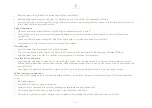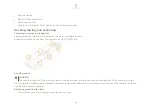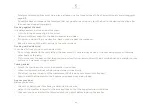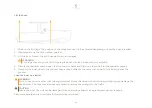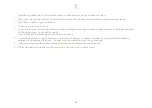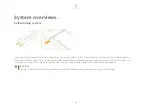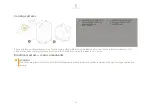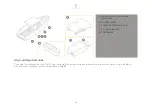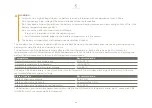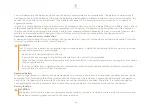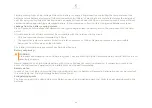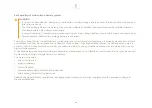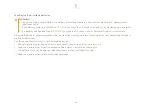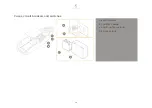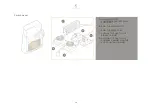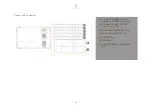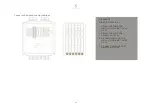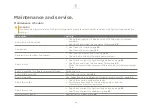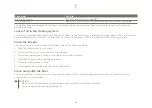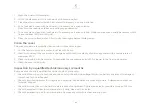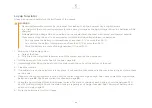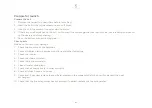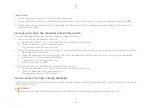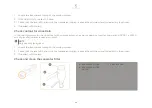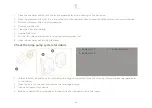
55
Liquid escaping from a high-voltage lithium-ion battery is usually a liquid used for controlling the temperature of the
battery and not battery electrolyte. Only small quantities (milliliters) of electrolyte are distributed across the individual
cells. Escaping cooling liquid or heating liquid can cause suffocation near the floor in enclosed spaces. Ensure sufficient
ventilation before approaching a damaged battery. If liquid escapes, collect it with an inorganic absorbent material.
Leakage from the battery cooling system
Risk of leakage and consequential damage to the high-voltage lithium-ion battery and to the components of the fluid
circuit.
All components in the fluid circuit must be compatible with the fluid used in the circuit.
•
Only use components recommended by X Shore.
•
The maximum system pressure is limited to a relative pressure of 0.6 bar. Negative pressure is not permissible.
Deviations from this value can lead to leaks.
For further information please contact our Technical Support.
Battery outgassing
WARNING
If the event of outgassing, do not inhale the gases. They are irritating, highly flammable, partly harmful and toxic, and
potentially corrosive.
Normal operation of a high-voltage battery with Li-Ion cells does not result in outgassing. If outgassing occurs in the
event of a malfunction, operation of the battery must be stopped immediately.
Battery on fire
In case of fire, it is highly unlikely that the high-voltage lithium-ion battery will explode. Deflagration cannot be ruled out.
It is most likely that the high-voltage battery will burn out.
Extinguishing agents
For fires involving high-voltage lithium-ion batteries, use an extinguishing agent that limits the heat development in the
batteries.
Summary of Contents for EELEX 8000
Page 1: ...OWNERS MANUAL EELEX 8000...
Page 24: ...24 Knife in protective sheath Drinking water...
Page 76: ......

